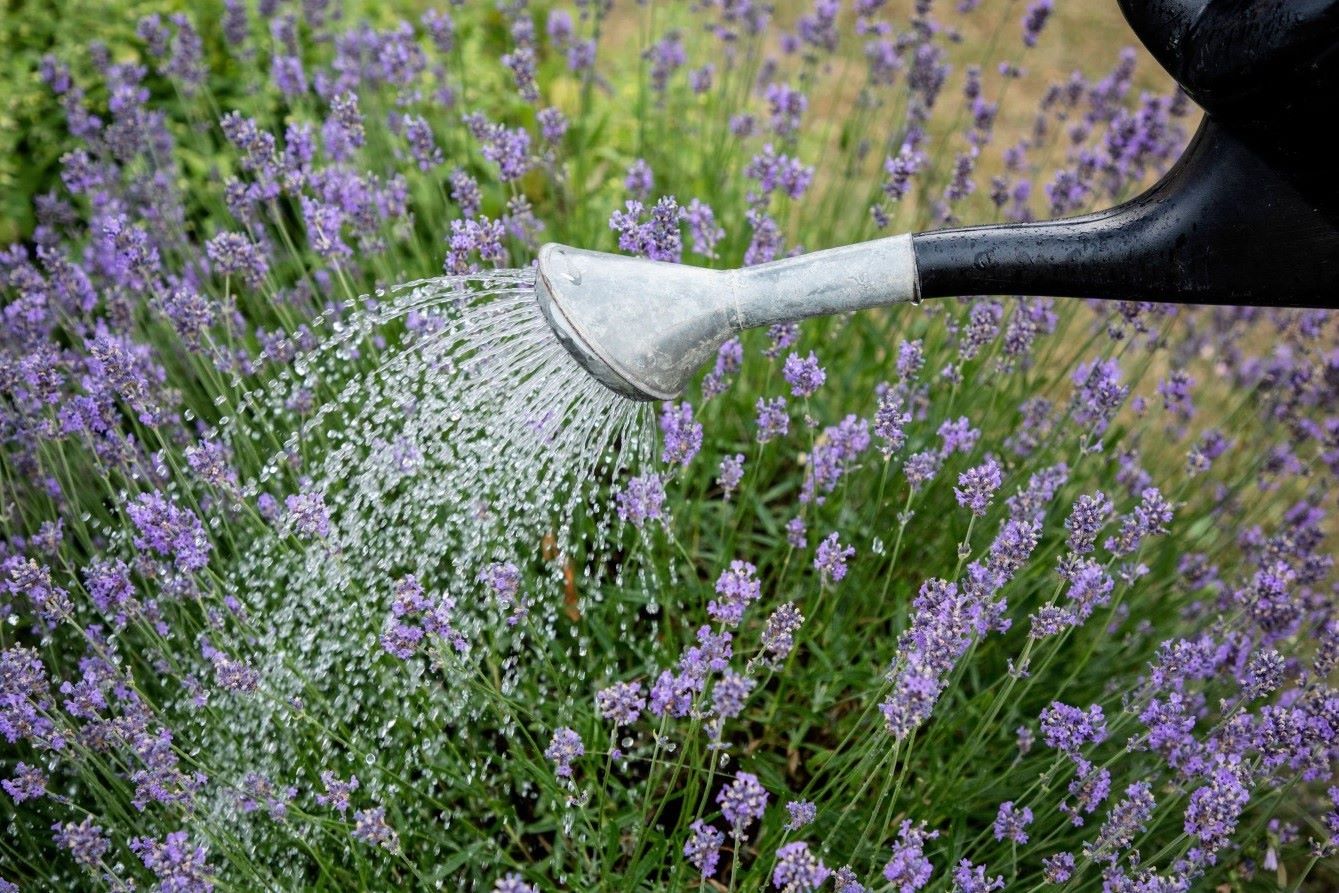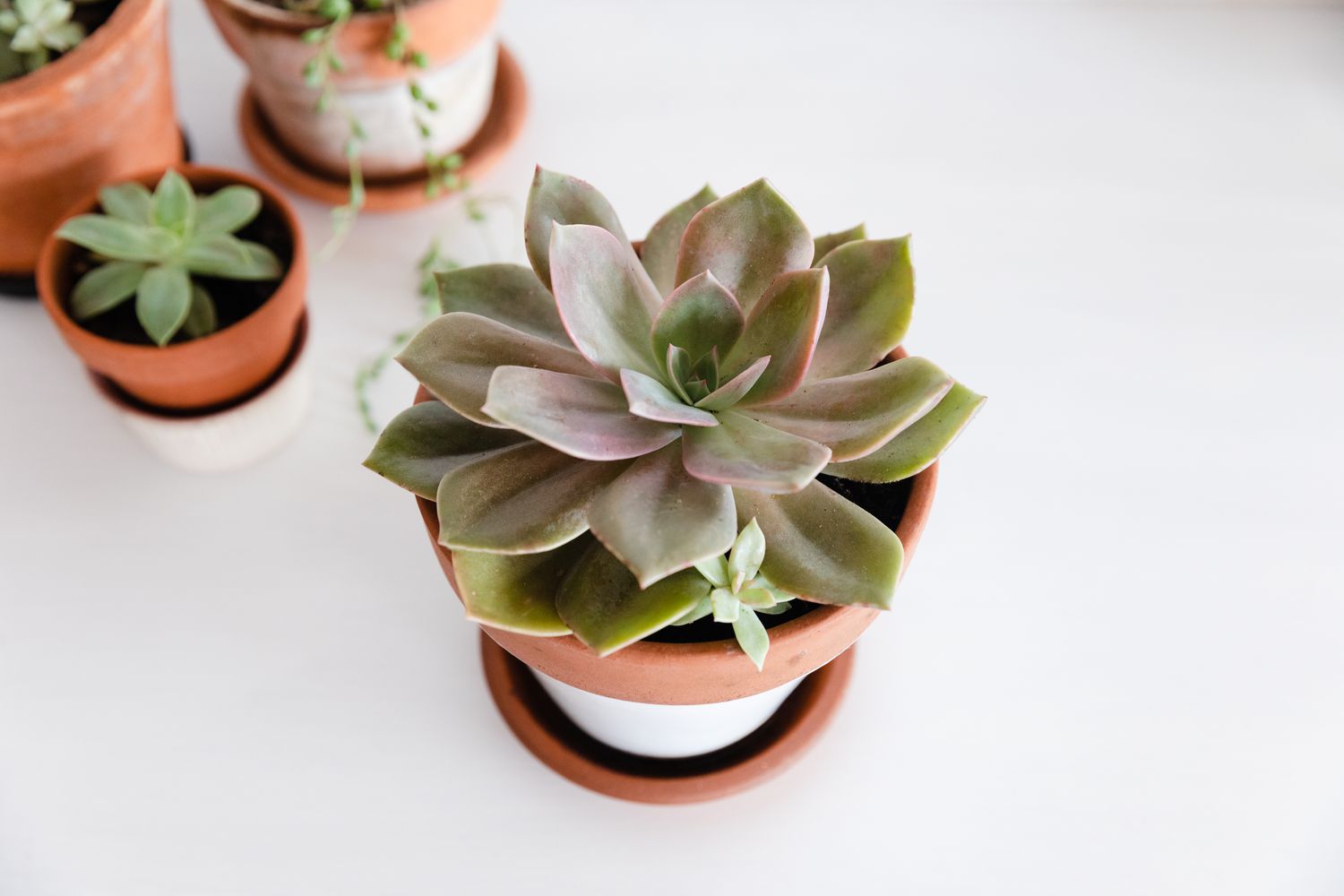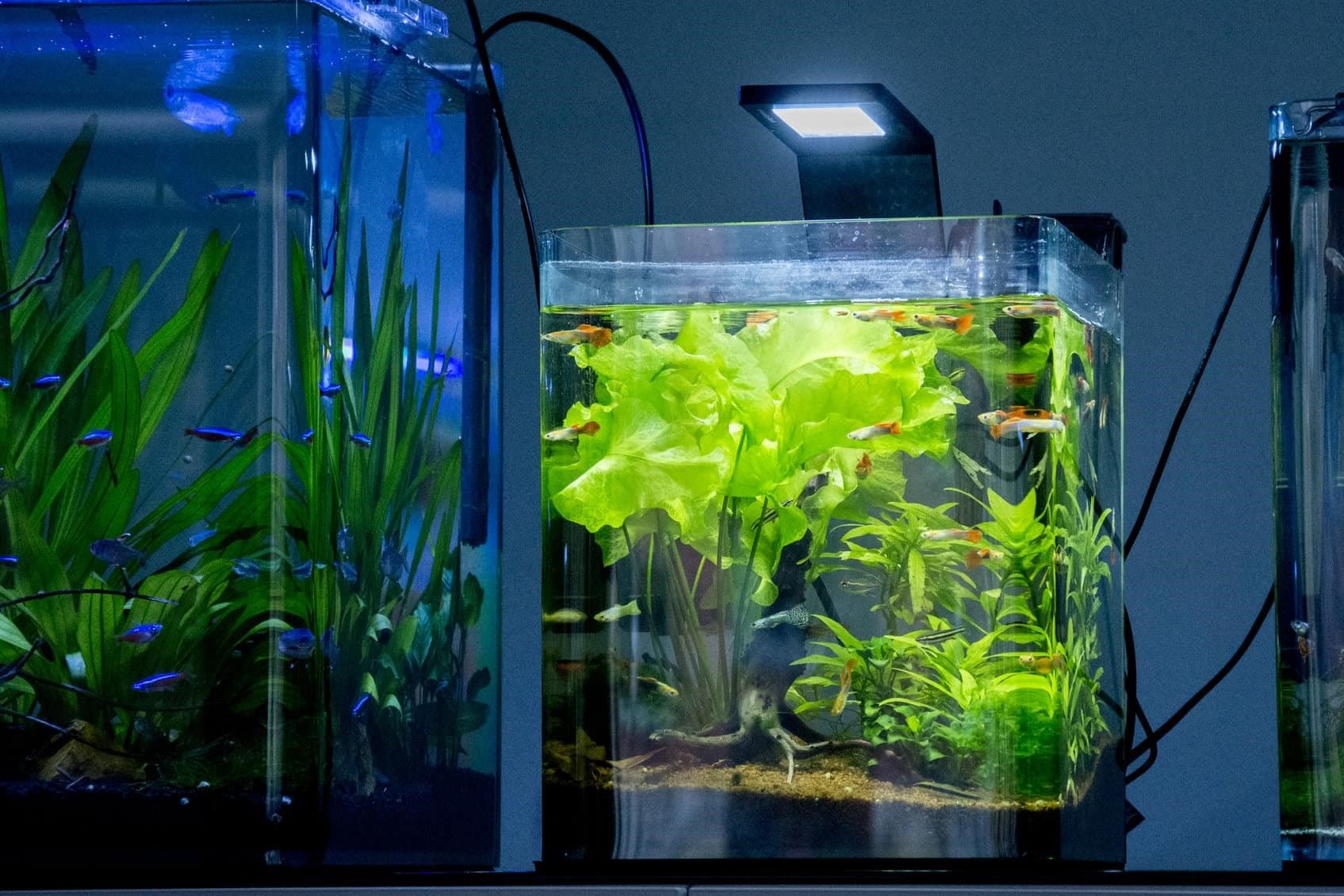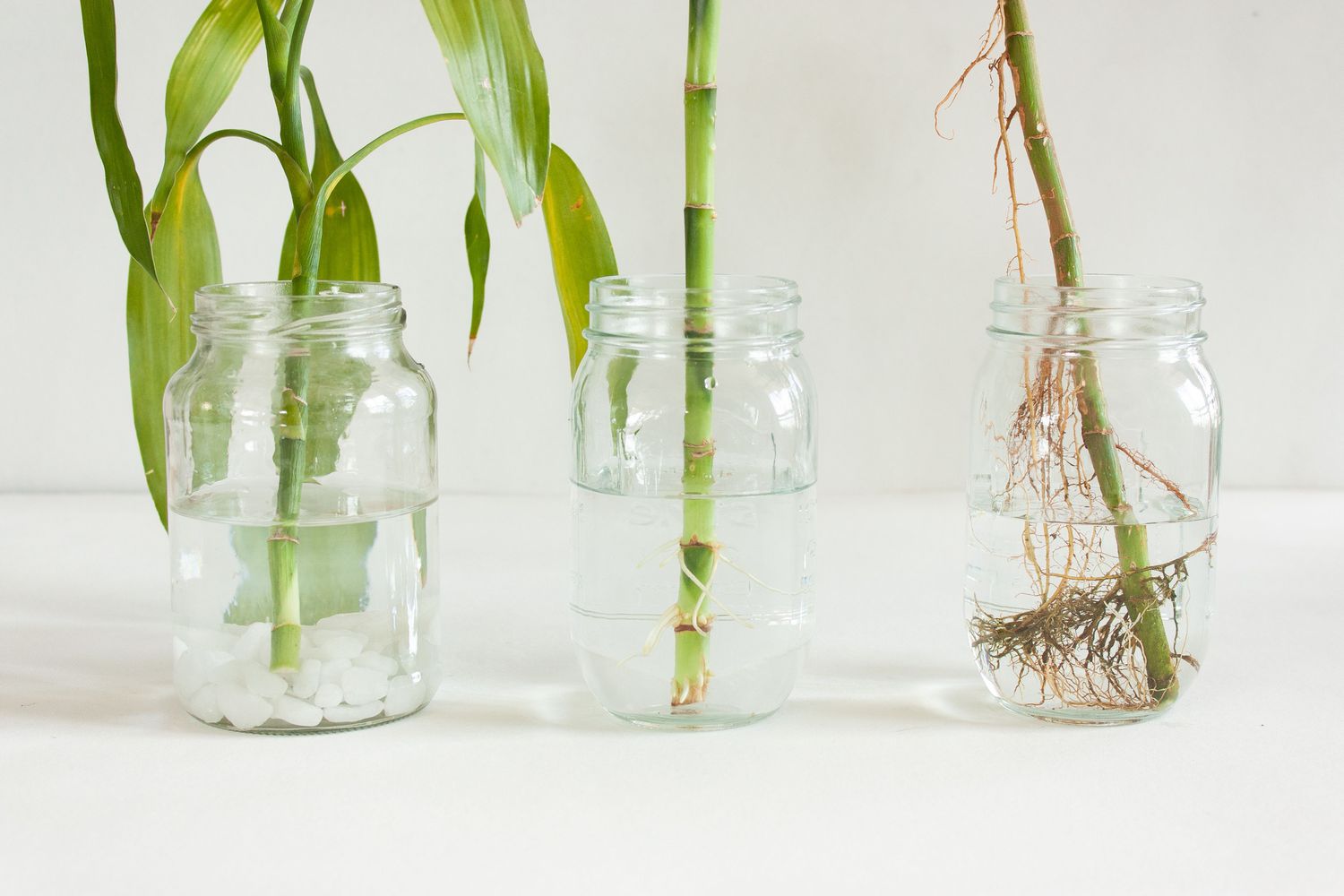Home>Home and Garden>The Ultimate Guide To Watering Lavender: Never Miss A Beat!


Home and Garden
The Ultimate Guide To Watering Lavender: Never Miss A Beat!
Modified: March 1, 2024
Discover the best watering practices for your lavender plants with our comprehensive guide. Keep your home and garden flourishing with expert tips and advice!
(Many of the links in this article redirect to a specific reviewed product. Your purchase of these products through affiliate links helps to generate commission for Noodls.com, at no extra cost. Learn more)
Table of Contents
Introduction
Lavender, with its fragrant blooms and versatile uses, is a beloved addition to any home or garden. Whether you're a seasoned gardener or a novice plant enthusiast, understanding how to properly water lavender is crucial for its health and longevity. In this comprehensive guide, we'll delve into the intricacies of watering lavender, ensuring that you never miss a beat when it comes to caring for this delightful plant.
Watering is a fundamental aspect of lavender care, as it directly impacts the plant's growth, blooming, and overall well-being. By mastering the art of watering lavender, you can foster a thriving and vibrant garden filled with these aromatic beauties. Throughout this guide, we'll explore the best watering practices, signs of overwatering and underwatering, and special considerations for different seasons and container-grown lavender. With this knowledge at your fingertips, you'll be well-equipped to nurture your lavender plants with confidence and expertise.
Lavender's resilience and adaptability make it a popular choice for various landscapes, from traditional herb gardens to contemporary ornamental displays. Its ability to thrive in diverse climates and soil conditions has endeared it to gardeners around the world. However, despite its hardy nature, lavender is sensitive to overwatering, making it essential to understand its specific watering needs. By grasping the nuances of watering lavender, you can ensure that it flourishes in your garden, adding a touch of elegance and fragrance to your outdoor space.
As we embark on this journey to unravel the secrets of watering lavender, it's important to approach the task with a sense of curiosity and dedication. By immersing ourselves in the art of lavender care, we can cultivate a deeper appreciation for this enchanting plant and elevate our gardening skills to new heights. So, let's roll up our sleeves and delve into the world of lavender watering, where every drop of water becomes a nurturing gesture towards these captivating blossoms.
Understanding Lavender Watering Needs
Lavender, with its Mediterranean origins, has adapted to thrive in arid and sunny conditions. This natural resilience has endowed it with remarkable drought tolerance, making it a favorite among gardeners in various climates. Understanding lavender's watering needs is crucial to harness its full potential in your garden.
Lavender's native habitat provides valuable insights into its watering requirements. In the wild, lavender grows in well-drained, rocky soil, where water quickly dissipates. This environment has shaped its water-retention capabilities, making it susceptible to root rot if overwatered. Therefore, replicating these natural conditions in your garden is essential for cultivating healthy lavender plants.
The key to successful lavender watering lies in striking a balance between hydration and drought. Lavender thrives when the soil is allowed to dry out slightly between waterings. This mimics its natural habitat and encourages the development of a robust root system. By avoiding constant moisture, you can prevent the onset of root rot and other moisture-related issues.
Furthermore, understanding the specific watering needs of different lavender varieties is essential. While all lavender plants share a preference for well-drained soil, certain species, such as English lavender (Lavandula angustifolia), may require slightly more frequent watering than their counterparts. By familiarizing yourself with the unique characteristics of your lavender cultivars, you can tailor your watering regimen to suit their individual needs.
In essence, understanding lavender's watering needs revolves around replicating its native environment and respecting its natural inclination towards drought tolerance. By embracing these principles, you can create an optimal growing environment for your lavender, fostering healthy growth and abundant blooms.
In the next section, we'll delve into the best watering practices for lavender, providing actionable insights to help you elevate your lavender care routine.
Best Watering Practices for Lavender
When it comes to watering lavender, adopting the best practices is essential for promoting its health and vitality. Here are some key strategies to ensure that your lavender plants receive the optimal amount of moisture while avoiding the pitfalls of overwatering:
-
Watering Frequency: Lavender thrives in well-drained soil, so it's crucial to allow the top layer of the soil to dry out between waterings. Depending on your climate and soil conditions, this may translate to watering your lavender plants every 7 to 14 days. However, it's important to monitor the soil moisture levels and adjust the frequency based on environmental factors such as temperature and rainfall.
-
Morning Watering: Aim to water your lavender plants in the morning, allowing ample time for any excess moisture to evaporate during the day. This helps prevent the risk of fungal diseases that can arise from prolonged dampness around the foliage and roots.
-
Deep Root Watering: When watering lavender, focus on delivering moisture directly to the root zone. This encourages the development of a deep and robust root system, enhancing the plant's ability to withstand drought conditions. Avoid overhead watering, as this can lead to moisture accumulation on the leaves, potentially causing issues such as leaf spot or powdery mildew.
-
Avoid Waterlogging: Lavender is highly sensitive to waterlogged soil, which can lead to root rot and other detrimental conditions. Ensure that your planting area or containers have adequate drainage to prevent water from pooling around the roots.
-
Mulching: Applying a layer of organic mulch, such as pine straw or gravel, around the base of your lavender plants can help conserve soil moisture and regulate temperature fluctuations. This natural mulch also inhibits weed growth, providing a dual benefit for your lavender garden.
By implementing these best watering practices, you can cultivate thriving lavender plants that exhibit vigorous growth and abundant blooms. These strategies not only promote the well-being of your lavender but also contribute to the overall aesthetics and sustainability of your garden.
In the subsequent sections, we'll explore the telltale signs of overwatering and underwatering, as well as the nuances of watering lavender in different seasons and special considerations for container-grown plants. With a comprehensive understanding of these aspects, you'll be well-equipped to nurture your lavender with precision and care.
Signs of Overwatering and Underwatering
Identifying the signs of overwatering and underwatering is paramount in maintaining the health and vigor of your lavender plants. Both scenarios can have detrimental effects on the plant's growth and overall well-being. By familiarizing yourself with these telltale signs, you can promptly address any watering imbalances and ensure that your lavender flourishes in optimal conditions.
Overwatering
- Wilting and Yellowing: Surprisingly, overwatering can lead to symptoms similar to underwatering. The leaves may appear wilted, with a yellowish hue indicating excessive moisture, as the roots suffocate in waterlogged soil.
- Fungal Diseases: Prolonged dampness around the roots can pave the way for fungal infections, manifesting as leaf spots, mold, or powdery mildew. These unsightly blemishes detract from the plant's visual appeal and can hinder its growth.
- Soggy Soil: Overwatered soil feels excessively wet and may emit a musty odor. The soil's texture becomes compacted, impeding the crucial exchange of oxygen to the roots.
Underwatering
- Drooping and Curling Leaves: Insufficient water supply can cause the leaves to droop and curl as the plant attempts to conserve moisture. This is a clear indicator that the lavender is in distress and requires immediate hydration.
- Stunted Growth: When deprived of adequate water, lavender plants may exhibit stunted growth, with fewer blooms and diminished overall vitality.
- Dry, Cracked Soil: Underwatered soil becomes parched and cracked, signaling the urgent need for watering to replenish the moisture levels.
By attentively observing these signs, you can discern whether your lavender plants are receiving the appropriate amount of water. This keen awareness empowers you to adjust your watering practices accordingly, ensuring that your lavender thrives in an environment that promotes robust growth and abundant blossoms.
In the subsequent section, we'll delve into the nuances of watering lavender in different seasons, unveiling the seasonal considerations that impact the plant's watering requirements. Understanding these seasonal variations is essential for providing tailored care to your lavender throughout the year.
Watering Lavender in Different Seasons
Understanding the seasonal nuances of watering is crucial for maintaining the health and vitality of lavender plants. As the climate and environmental conditions fluctuate throughout the year, the watering requirements of lavender undergo notable changes. By tailoring your watering practices to align with the specific demands of each season, you can ensure that your lavender thrives in optimal conditions.
Spring
In the spring, as temperatures begin to rise and daylight hours increase, lavender plants enter a phase of active growth and blooming. Adequate moisture is essential during this period to support the plant's burgeoning vitality. As the soil gradually warms up, it's important to monitor the moisture levels and provide supplemental watering when necessary, especially in regions experiencing drier spring conditions. However, it's crucial to avoid excessive moisture, as the risk of overwatering is heightened during this season.
Summer
Summer heralds the peak of lavender's blooming season, accompanied by intensified sunlight and higher temperatures. During this period, regular and consistent watering is paramount, as the soil tends to dry out more rapidly. In regions with scorching summers, it's essential to monitor the soil moisture closely and adjust the watering frequency to prevent the soil from becoming excessively dry. Deep, thorough watering is recommended to ensure that the roots receive ample moisture, promoting robust growth and prolific blooming.
Fall
As the days gradually shorten and temperatures begin to cool, lavender plants prepare for dormancy. During the fall, it's important to gradually reduce the frequency of watering to reflect the plant's decreased metabolic activity. This gradual transition helps prevent the risk of overwatering, which can be detrimental as the plant enters dormancy. By allowing the soil to dry out slightly between waterings, you encourage the plant to naturally acclimate to the impending winter season.
Winter
In winter, lavender plants enter a period of dormancy, during which their water requirements diminish significantly. While occasional light watering may be necessary in regions with minimal winter rainfall, it's crucial to exercise restraint and avoid overwatering. The goal is to maintain a balance that prevents the soil from becoming bone-dry while avoiding excessive moisture that can compromise the plant's health during the dormant phase.
By adapting your watering practices to align with the distinct characteristics of each season, you can provide tailored care that supports the optimal growth and well-being of your lavender plants. This seasonal approach to watering ensures that your lavender thrives throughout the year, culminating in a garden adorned with the captivating beauty and fragrance of these beloved blossoms.
Special Considerations for Container-Grown Lavender
Container gardening offers a versatile and space-efficient way to cultivate lavender, making it accessible to urban dwellers, balcony gardeners, and those with limited outdoor space. When growing lavender in containers, there are several special considerations to keep in mind to ensure the plants thrive in this unique environment.
Container Selection
Choosing the right container is the first step in successfully growing lavender in pots. Opt for well-draining containers with ample drainage holes to prevent waterlogging, which can be particularly detrimental to container-grown plants. Additionally, selecting containers made of porous materials, such as terracotta or unglazed clay, promotes air circulation around the roots and aids in moisture regulation.
Soil Composition
The soil mix for container-grown lavender should mimic the well-drained, lean conditions found in its natural habitat. A blend of well-draining potting mix, such as a combination of perlite, coarse sand, and peat moss, provides the ideal growing medium for lavender in containers. This composition facilitates proper drainage while supporting the development of a healthy root system.
Watering Regimen
Container-grown lavender necessitates a slightly different approach to watering due to the limited soil volume and potential for moisture fluctuations. While it's essential to maintain the principle of allowing the soil to dry out between waterings, potted lavender may require more frequent watering during hot and dry periods. Careful monitoring of the soil moisture is crucial, as containers can dry out faster than garden beds, especially in warm weather.
Sunlight and Air Circulation
Placement of the containers is pivotal for the well-being of potted lavender. Position them in a location that receives ample sunlight, ideally at least six to eight hours of direct sunlight per day. Adequate air circulation around the containers helps prevent humidity buildup and minimizes the risk of fungal issues, contributing to the overall health of the plants.
Winter Protection
In regions with harsh winters, container-grown lavender may require additional protection from freezing temperatures. Consider moving the containers to a sheltered area, such as a garage or covered patio, during the winter months to shield the plants from extreme cold. Alternatively, insulating the containers with materials like burlap or straw can provide a protective barrier against freezing temperatures.
By taking these special considerations into account, you can create an optimal environment for growing lavender in containers, allowing you to enjoy the beauty and fragrance of this beloved herb in a compact and manageable setting. With the right care and attention, container-grown lavender can thrive and adorn your living space with its delightful blooms and aromatic allure.
Conclusion
In conclusion, mastering the art of watering lavender is an essential endeavor for anyone seeking to cultivate thriving and vibrant plants. By understanding the nuanced watering needs of lavender, gardeners can create an optimal environment that promotes the plant's health, resilience, and blooming prowess.
Throughout this comprehensive guide, we've delved into the intricacies of lavender watering, from the best practices for maintaining optimal soil moisture to the telltale signs of overwatering and underwatering. We've also explored the seasonal nuances that influence lavender's watering requirements, providing valuable insights for adapting watering practices throughout the year.
Furthermore, we've highlighted the special considerations for container-grown lavender, offering tailored guidance for cultivating this beloved herb in a confined space. By addressing the unique challenges and opportunities presented by container gardening, we've equipped enthusiasts with the knowledge to nurture flourishing lavender plants in pots and other containers.
As we reflect on the journey through the world of lavender watering, it's evident that this endeavor is not merely a routine task but a harmonious dance between the gardener and the plant. Each drop of water becomes a nurturing gesture, fostering a connection with these enchanting blossoms and enriching the gardening experience.
By embracing the principles of mindful watering, gardeners can create an environment where lavender thrives, gracing the landscape with its fragrant blooms and captivating allure. This journey is a testament to the rewarding nature of gardening, where attentive care and a deep understanding of a plant's needs culminate in a flourishing and visually stunning display.
As you embark on your lavender watering endeavors, may this guide serve as a source of inspiration and knowledge, empowering you to cultivate a garden adorned with the timeless elegance and aromatic splendor of lavender. With each watering session, may you find joy in nurturing these resilient plants, witnessing their growth and blooming as a testament to your dedication and care.
In the world of lavender, every drop of water becomes a nurturing gesture, a testament to the gardener's commitment to fostering a thriving and enchanting garden.











